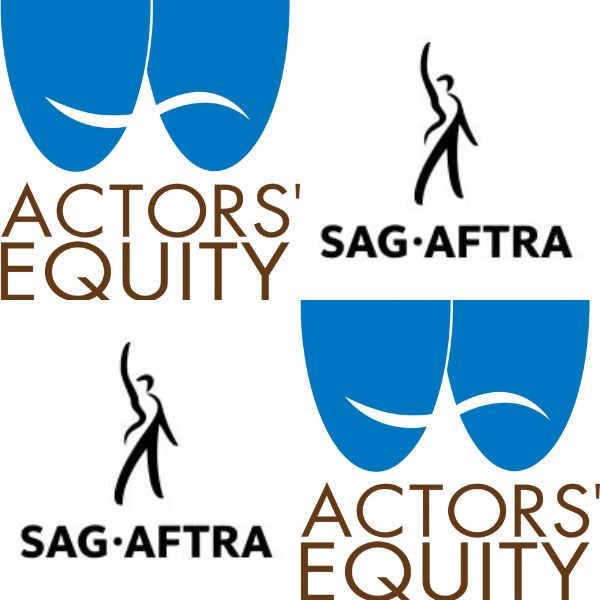
SAG-AFTRA vs. Actor’s Equity Association: Understanding the Key Differences Amidst the Ongoing Strike
The world of entertainment has always been marked by passion, dedication, and sometimes, controversy. In recent news, the entertainment industry has been buzzing with headlines about the Screen Actors Guild-American Federation of Television and Radio Artists (SAG-AFTRA) strike, which has highlighted some fundamental differences between SAG-AFTRA and the Actor’s Equity Association (AEA). Let’s explore these differences against the backdrop of the ongoing strike.
1. Scope and Membership
One of the primary distinctions between SAG-AFTRA and AEA is the scope of their memberships. SAG-AFTRA represents actors, broadcasters, and recording artists involved in a wide range of media, including television, film, radio, and digital platforms. In contrast, AEA is specifically focused on actors and stage managers in live theatrical productions, such as Broadway, regional theaters (like ATC), and touring productions. This fundamental difference in scope affects their objectives and negotiations.
2. Industry-Specific Issues
The ongoing SAG-AFTRA strike primarily concerns issues within the film and television industry, such as better working conditions, fair pay, and protections for actors in an evolving digital landscape. AEA, on the other hand, deals with issues specific to live theater, including contracts for actors in stage productions, safety measures, and workplace conditions. While both unions are concerned with the welfare of their members, the nature of their work means they face unique challenges.
3. Historical Background
SAG-AFTRA and AEA have distinct historical backgrounds. SAG was founded in 1933, initially representing film and radio actors, while AFTRA (American Federation of Television and Radio Artists) was established in 1937, focusing on radio and later expanding to television and other media. The two unions merged in 2012 to create SAG-AFTRA, reflecting the evolving landscape of entertainment.
AEA, on the other hand, was founded in 1913 and has a long history of advocating for live theater professionals. Its roots in the theater world go back decades, and its objectives have remained centered around the unique needs of stage actors.
4. Negotiating Power
The ongoing SAG-AFTRA strike highlights the union’s ability to mobilize its members and negotiate collectively in the highly visible and influential realm of film and television. Their bargaining power often results in improved working conditions, residuals, and other benefits for their members. AEA, while influential in the theater world, operates within a somewhat different dynamic, often negotiating with regional theaters and touring productions, which can vary significantly in size and influence.
5. Legal Framework and Agreements
Both unions operate under different legal frameworks and have their own set of agreements and contracts tailored to their respective industries. For instance, SAG-AFTRA members operate under various agreements, such as the Screen Actors Guild (SAG) Basic Agreement and the Television and Theatrical (TV/THEATRICAL) Agreement. AEA members work under Equity’s different contract levels, like the Production Contract, the LORT (League of Resident Theatres, of which ATC is a member) Contract, and the Small Professional Theatre (SPT) Contract, among others.


In the diverse landscape of the entertainment industry, it’s crucial to acknowledge the vital role that unions like SAG-AFTRA and AEA play in safeguarding the rights and interests of their respective members. While the ongoing SAG-AFTRA strike underscores the challenges faced by actors in the film and television world, we must remember that live theater, too, has its own unique set of dynamics.
In Arizona, the spotlight shines on Arizona Theatre Company, which proudly employs Equity actors and stands as the sole League of Resident Theatres (LORT) institution in the state. The commitment to these standards demonstrates the dedication to excellence in live theatrical productions. AEA, with its long history and expertise in advocating for stage actors, continues to shape the landscape of live theater across the nation, and Arizona Theatre Company is no exception.
As we look to the future of entertainment, we must continue to support and appreciate the contributions of all performers, whether on screen or on stage, and recognize the valuable role that unions and institutions like Arizona Theatre Company play in preserving the integrity and artistry of the performing arts.